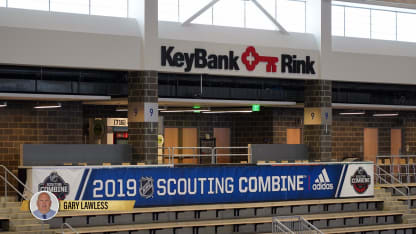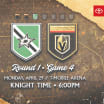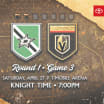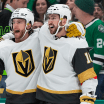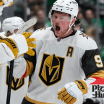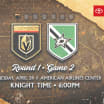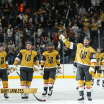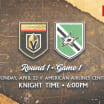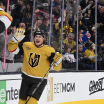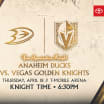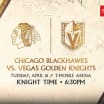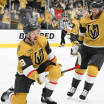Every evaluator has his own tricks. Some watch the way a player walks and the alignment of their feet to determine if his skating can improve. Some look at a player's hips and/or shoulders to see how much more growth a frame can handle. Scouting is an art and not a science. The art is projecting how much a player can grow. It's one thing to dominate in junior or college. It's another for this translate to the pro game.
McPhee's draft record is among the best in the NHL over the last 20 years. McCrimmon knows the draft eligible player as well as anyone on the planet after his near 40 years in the Western Hockey League as a player, coach, GM and owner.
The reports they'll get from assistant director of player personnel Bob Lowes and his scouts will be thorough and nuanced. They'll tell most of the story. But the opportunity to ask a prospect questions and learn about his psychological makeup and look for hints on things such as leadership, competitiveness and ability to function in a team atmosphere is invaluable.
The combine also provides NHL executives an opportunity to do business prior to the draft.
Activity leading up to the draft continues to grow and a week with almost every GM in the league in the same city is a great opportunity for deals to get done or seeds to get planted. Conversations in hotel lobbies turn into trades. The salary cap has made for more inventive asset management and the opportunity to talk face-to-face with counterparts is another benefit of the combine.
What feels to most NHL fans like a typical offseason week can have long-term payoffs for many clubs. Here's what the week looks like for the players participating in the combine:
- Prospects at the NHL Scouting Combine spend time with representatives from NHL teams throughout the week. Players talk with general managers, coaches and other hockey operations personnel about different aspects of the game and goals the player has set for himself.
- The interview portion of the combine allows players to put their best foot forward as a person with the teams that will be on the clock come the NHL Draft. It also allows the teams to get a better sense of who the young men on the board are away from their statistics.
- On the final day of the combine, the prospects engage in fitness testing. The tests are designed to challenge players' musculoskeletal fitness, anaerobic fitness and aerobic fitness. While measurements of standing height and wingspan represent the simpler tests, prospects give their all during tests such as pull-ups, bench press and the VO2max to show their maximum physical ability.
